- Filter By:
-
-
Stock photos and images of username:yands

Pen & Paper
Stock PhotoUsername
yandsResolution
3456x5184pxPen & Paper


Sharpen Pencil
Stock PhotoUsername
yandsResolution
3456x5184pxSharpen Pencil
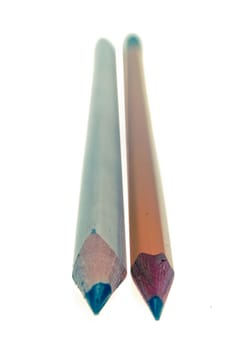

Run towards success
Stock PhotoUsername
yandsResolution
3456x5184pxRun towards success


Paper Human
Stock PhotoUsername
yandsResolution
3456x5184pxPaper Human


Global communication
Stock PhotoUsername
yandsResolution
3456x5184pxGlobal communication


Global communication
Stock PhotoUsername
yandsResolution
3456x5184pxGlobal communication


Leaves of Corymbia citriodora, Lemon Scented Gum
Stock PhotoUsername
yandsResolution
3456x5184pxLeaves of Corymbia citriodora, Lemon Scented Gum
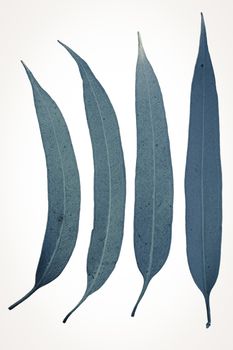

Leaves of Ipomoea cairica (I. palmata)
Stock PhotoUsername
yandsResolution
3456x5184pxLeaves of Ipomoea cairica (I. palmata)
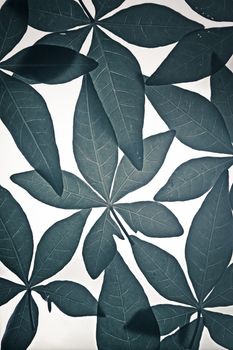

tree trunk section of Pterocarpus santalinus, Red Sandalwood
Stock PhotoUsername
yandsResolution
3456x5184pxtree trunk section of Pterocarpus santalinus, Red Sandalwood
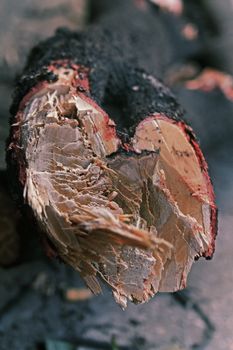

Comb Rungia, Rungia pectinata (L.), Nees Rungia pectinata
Stock PhotoUsername
yandsResolution
3456x5184pxComb Rungia, Rungia pectinata (L.), Nees Rungia pectinata
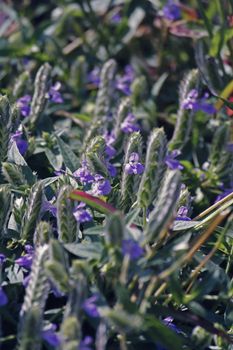
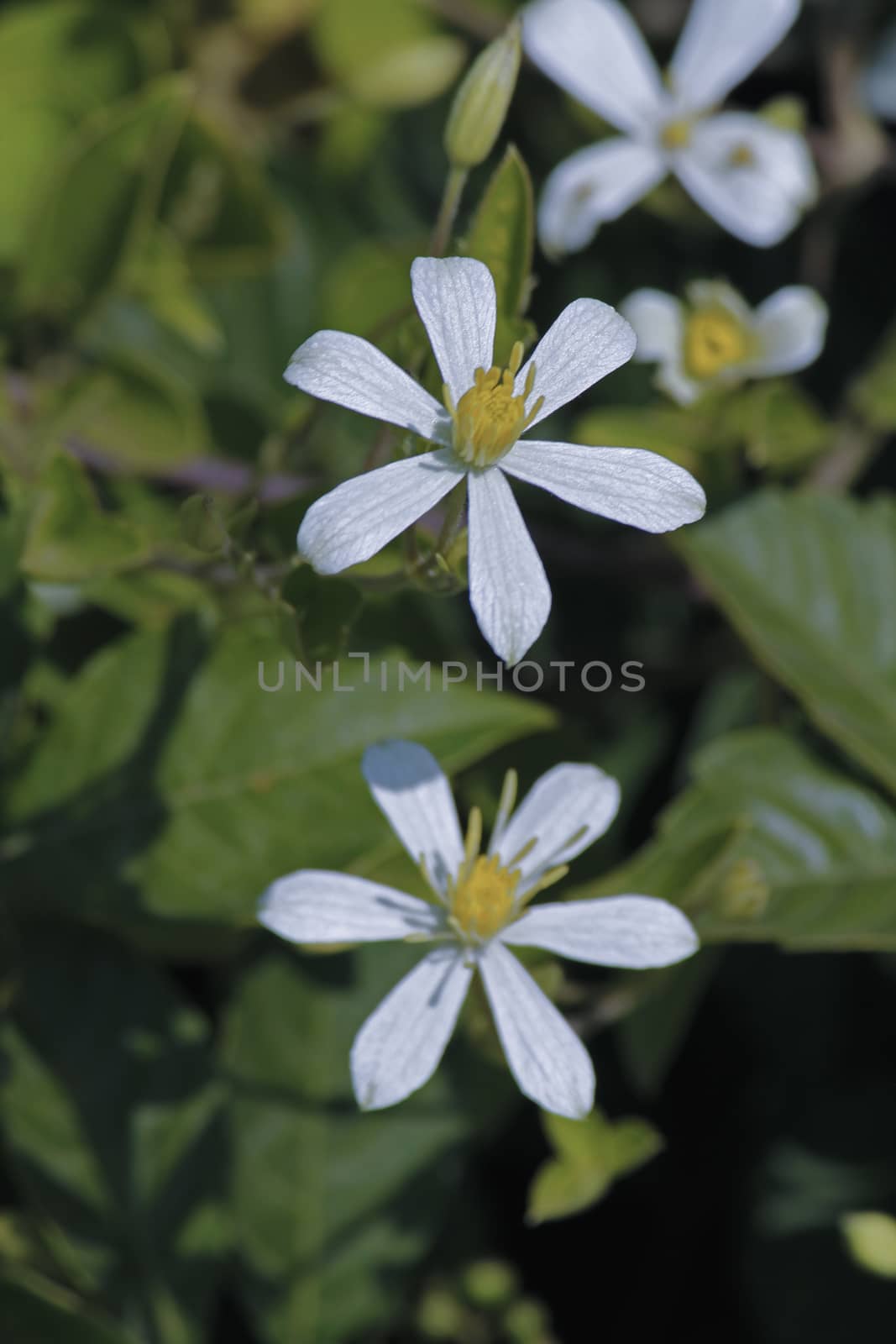
Deccan Clematis, Clematis heynei
Stock PhotoUsername
yandsResolution
3456x5184pxDeccan Clematis, Clematis heynei


Setaria viridis, green foxtail, green bristlegrass
Stock PhotoUsername
yandsResolution
3456x5184pxSetaria viridis, green foxtail, green bristlegrass
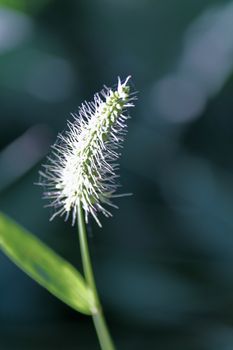

Yellow Tussock Moth - Euproctis lutea
Stock PhotoUsername
yandsResolution
3456x5184pxYellow Tussock Moth - Euproctis lutea
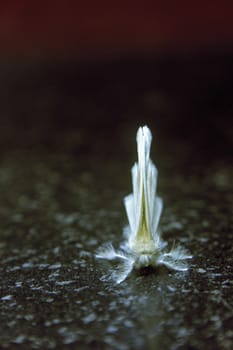

Cardboard Box Back
Stock PhotoUsername
yandsResolution
3456x5184pxCardboard Box Back


Leaves of Corymbia citriodora, Lemon Scented Gum
Stock PhotoUsername
yandsResolution
3456x5184pxLeaves of Corymbia citriodora, Lemon Scented Gum
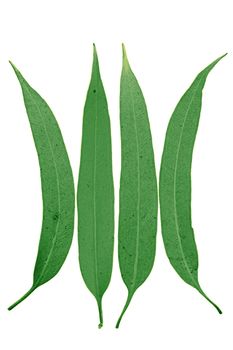
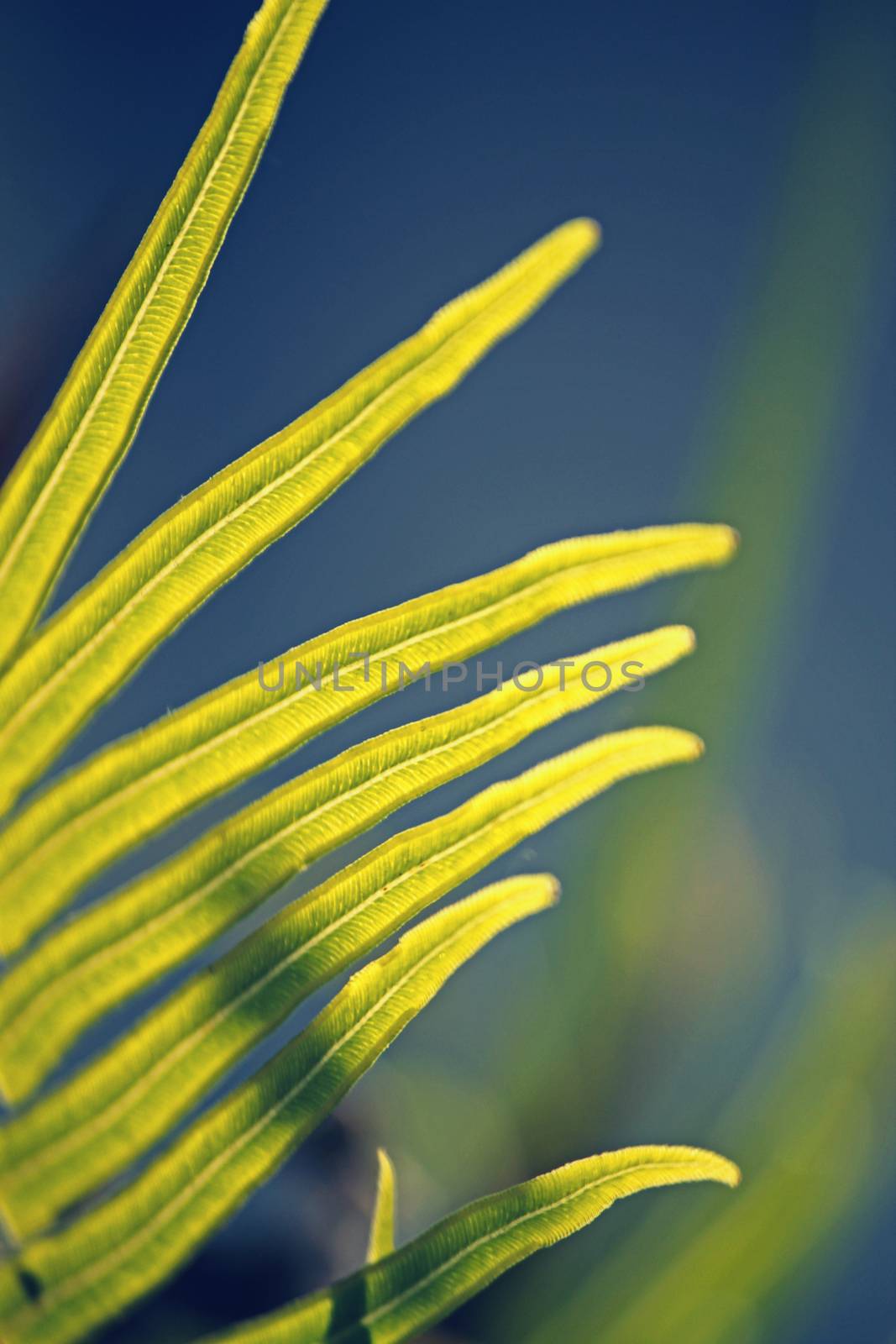
Chinese ladder brake fern, Pteris vittata
Stock PhotoUsername
yandsResolution
3456x5184pxChinese ladder brake fern, Pteris vittata

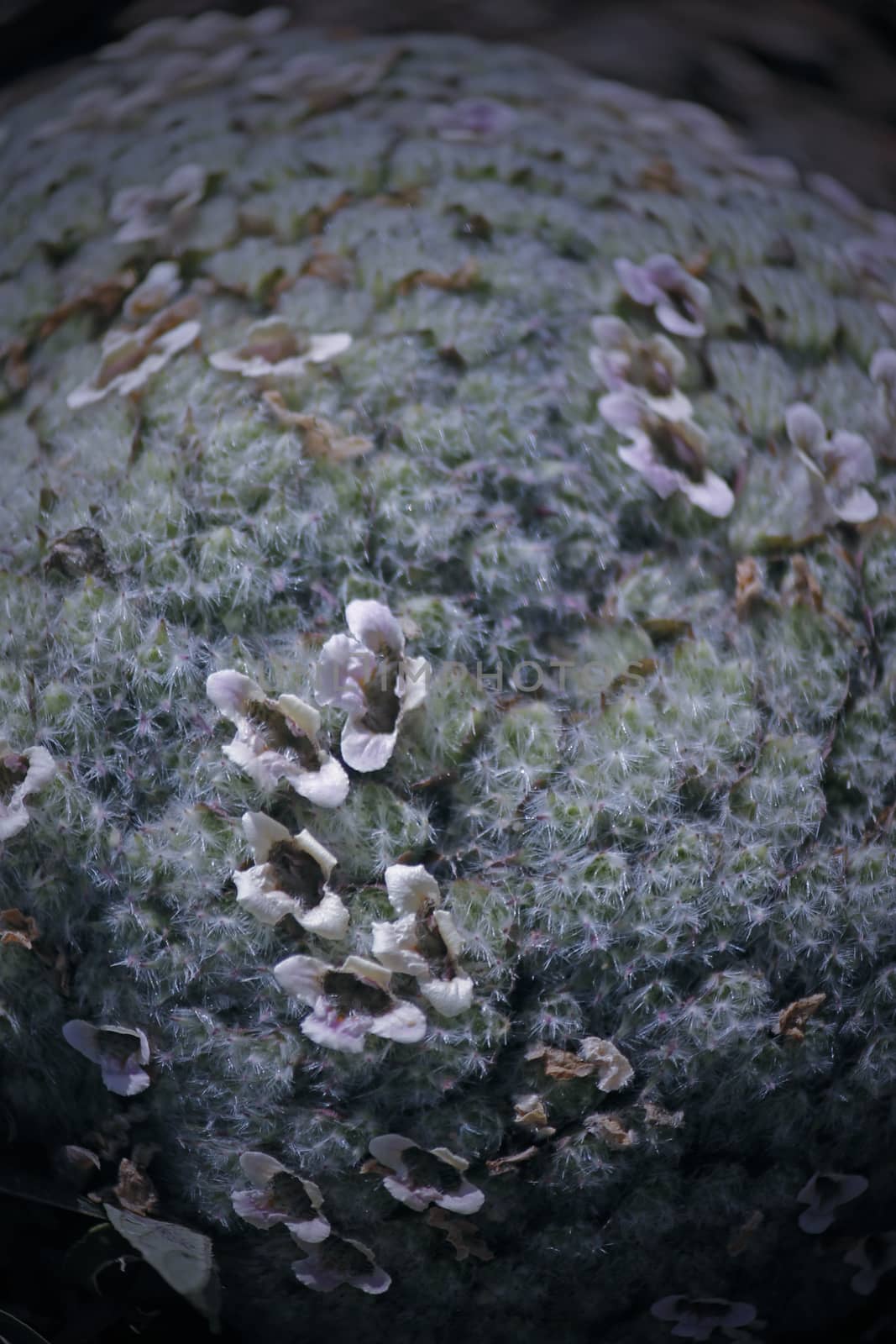
Lepidagathis fischeri
Stock PhotoUsername
yandsResolution
3456x5184pxLepidagathis fischeri

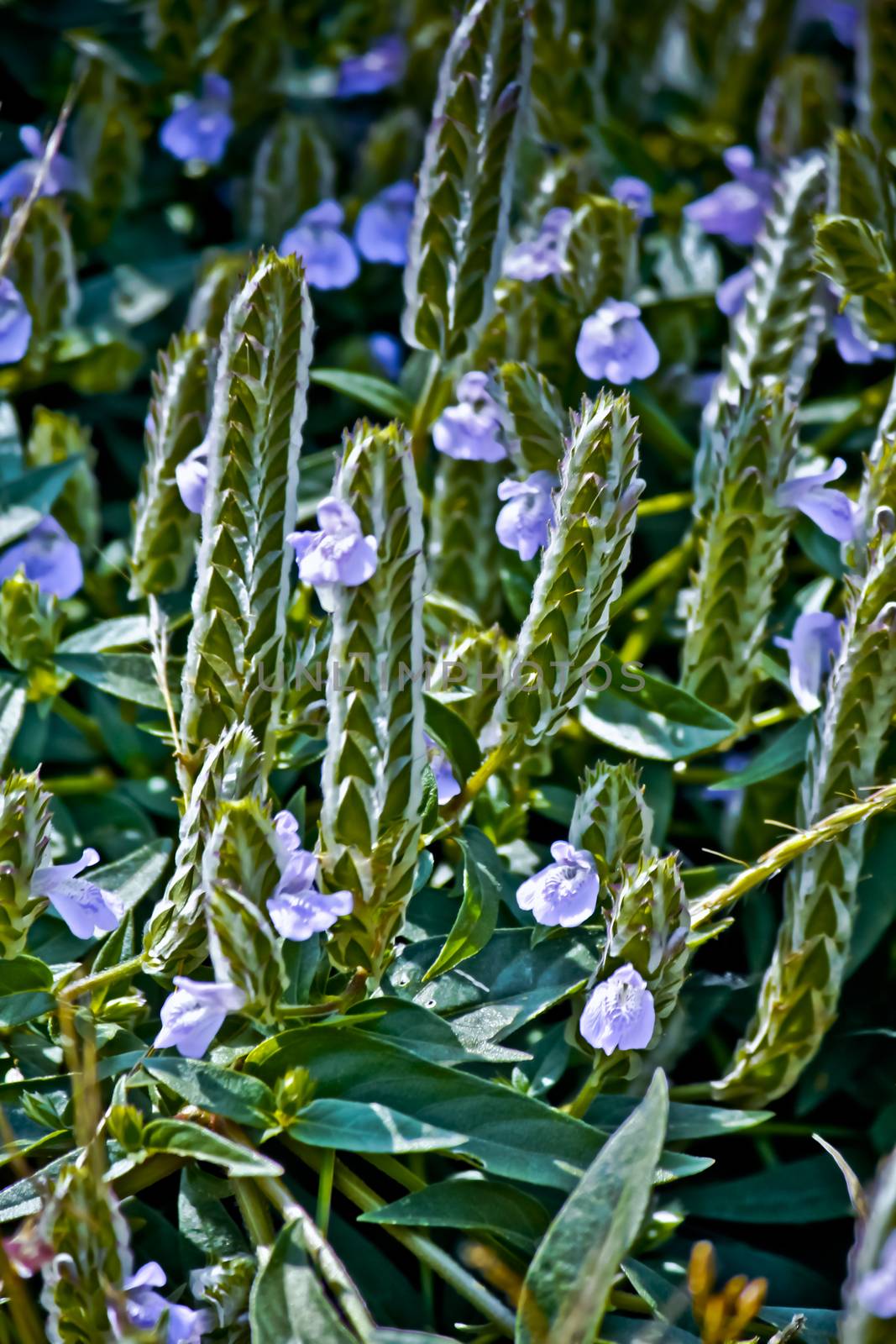
Comb Rungia, Rungia pectinata (L.), Nees Rungia pectinata
Stock PhotoUsername
yandsResolution
3456x5184pxComb Rungia, Rungia pectinata (L.), Nees Rungia pectinata


Deccan Clematis, Clematis heynei
Stock PhotoUsername
yandsResolution
3456x5184pxDeccan Clematis, Clematis heynei
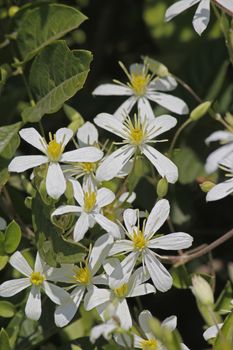
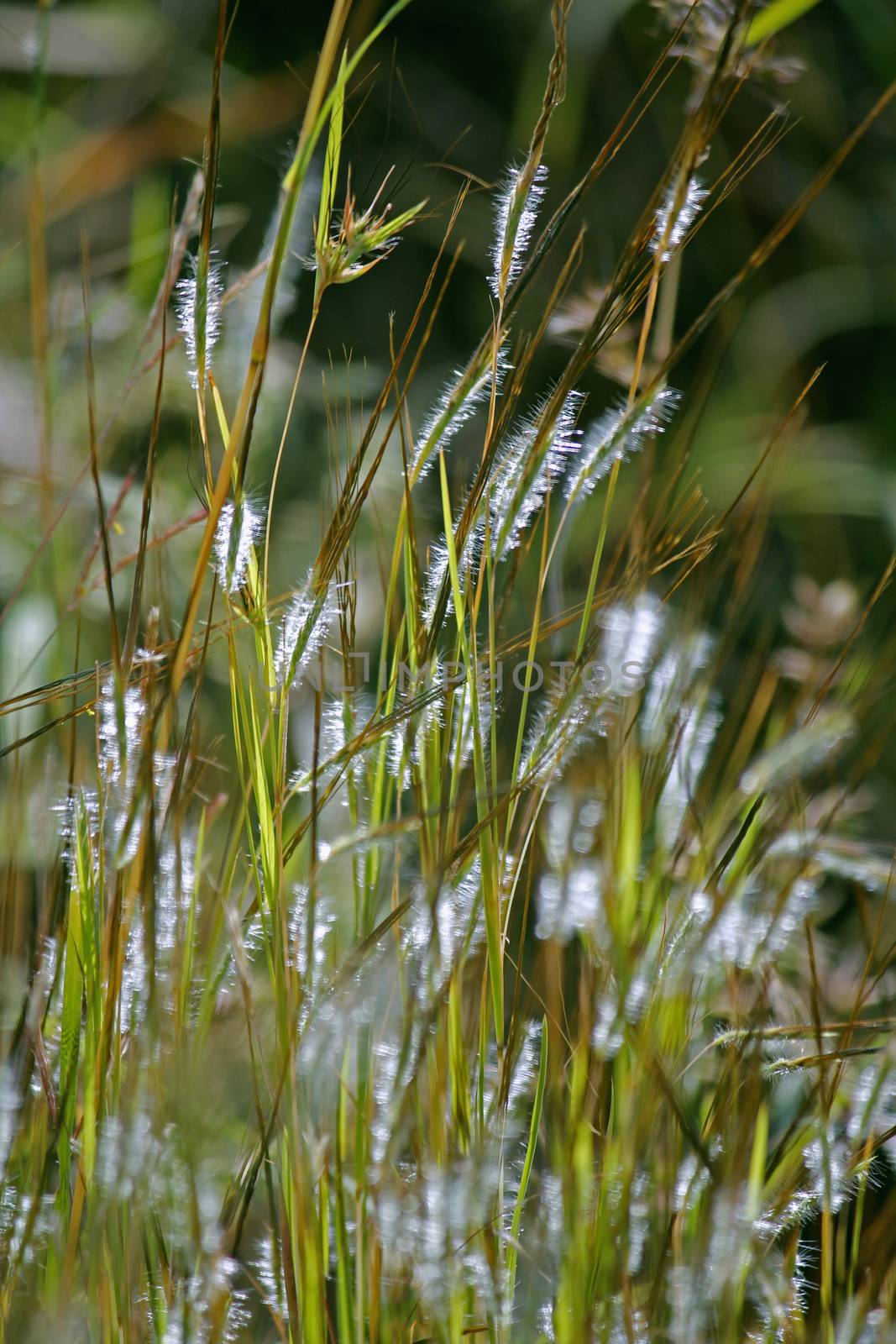
Heteropogon contortus grass seed
Stock PhotoUsername
yandsResolution
3456x5184pxHeteropogon contortus grass seed

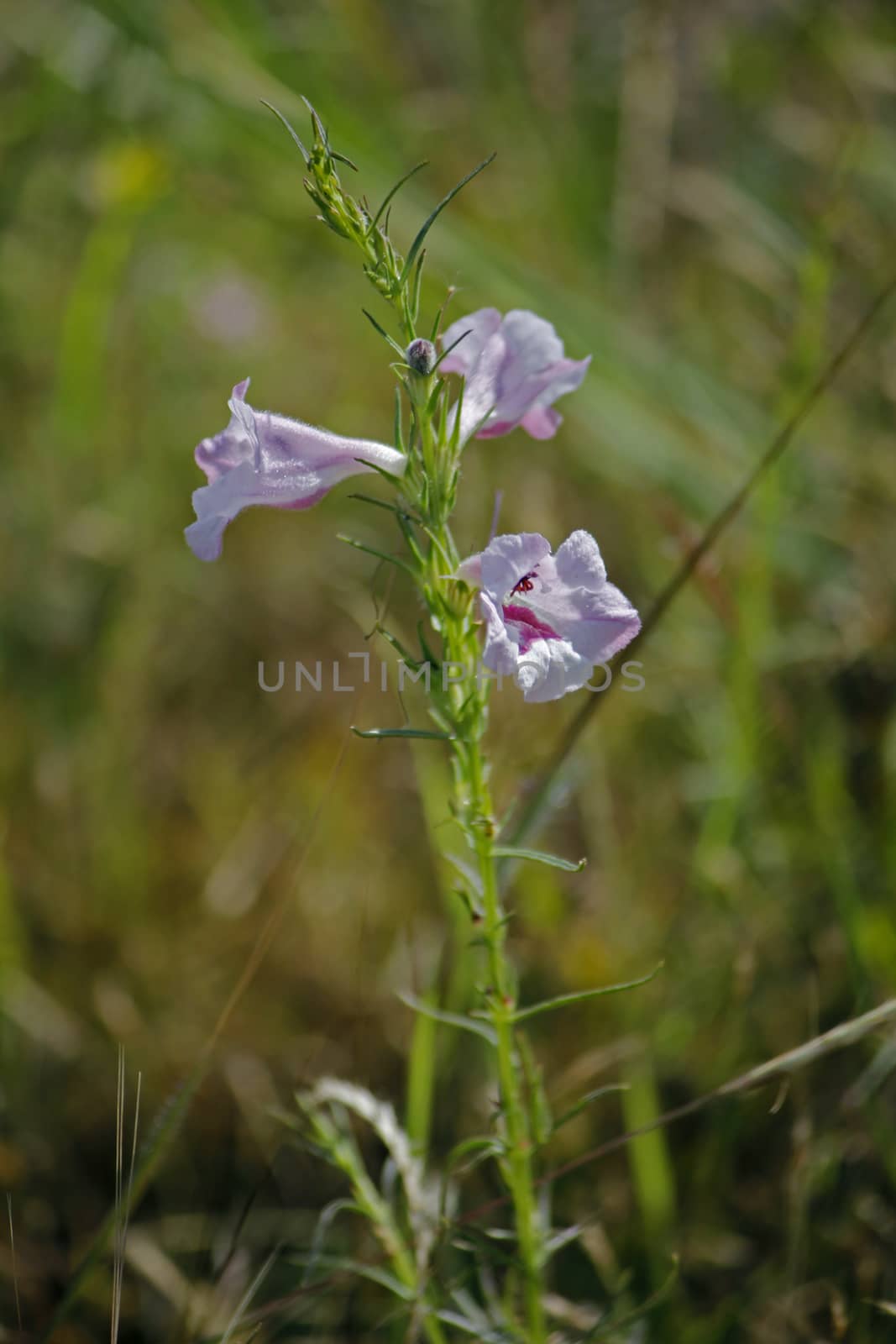
Common Sopubia, Sopubia delphinifolia
Stock PhotoUsername
yandsResolution
3456x5184pxCommon Sopubia, Sopubia delphinifolia

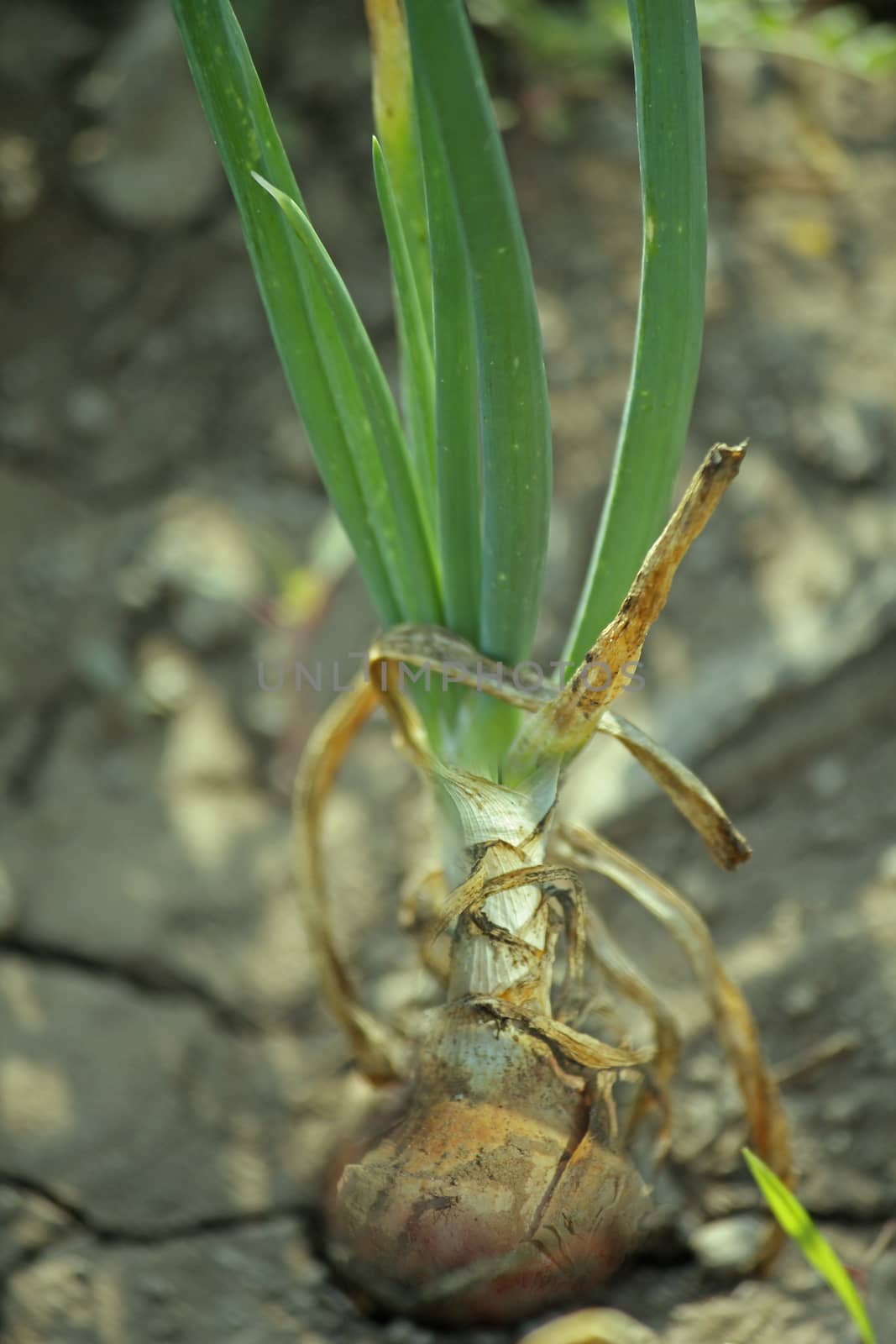
Roots, leaves and developing bulb of onion
Stock PhotoUsername
yandsResolution
3456x5184pxRoots, leaves and developing bulb of onion

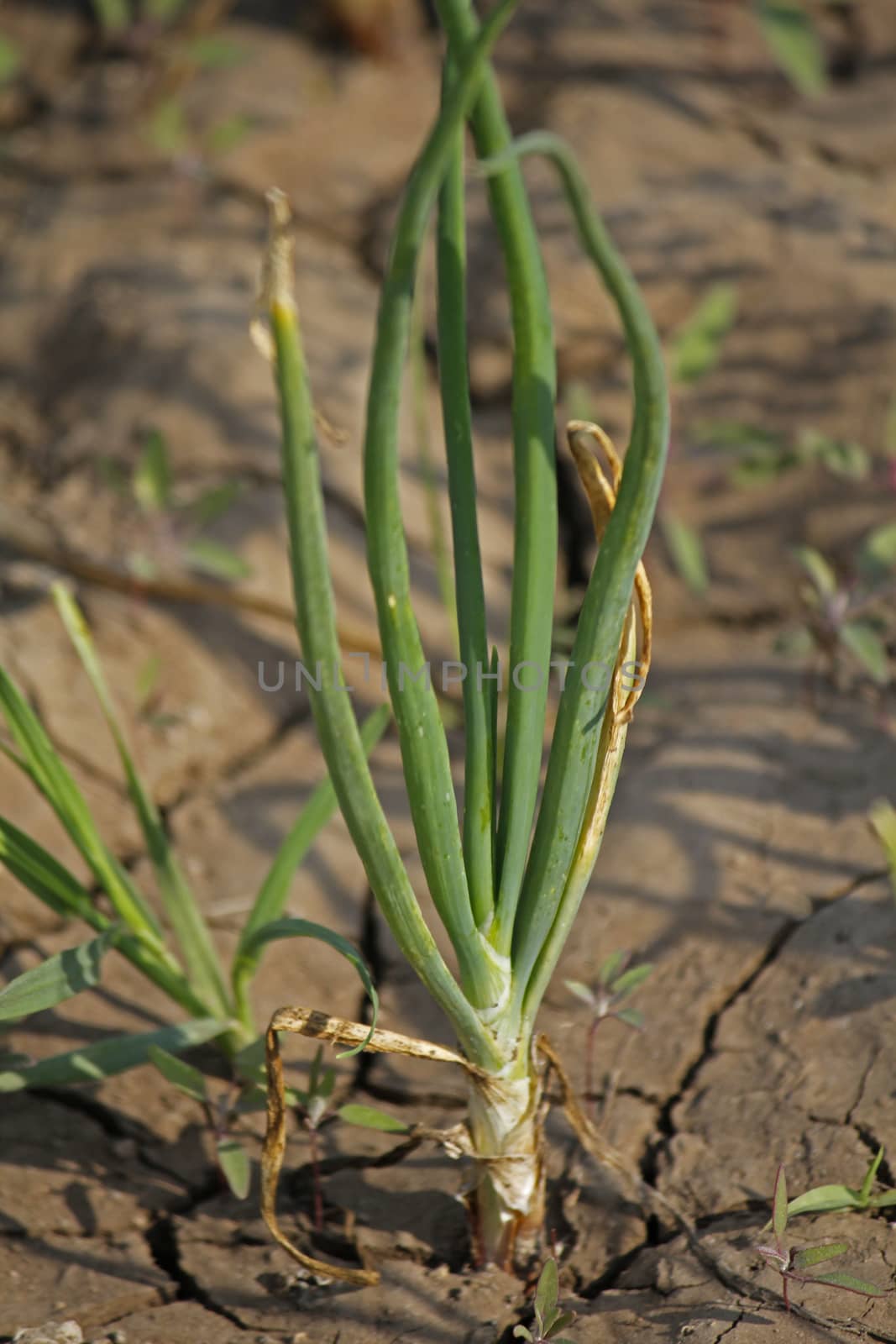
Roots, leaves and developing bulb of onion
Stock PhotoUsername
yandsResolution
3456x5184pxRoots, leaves and developing bulb of onion


Mahatma Gandhi
Stock PhotoUsername
yandsResolution
3456x5184pxMahatma Gandhi


Mahatma Gandhi
Stock PhotoUsername
yandsResolution
3456x5184pxMahatma Gandhi


Mahatma Gandhi
Stock PhotoUsername
yandsResolution
3456x5184pxMahatma Gandhi

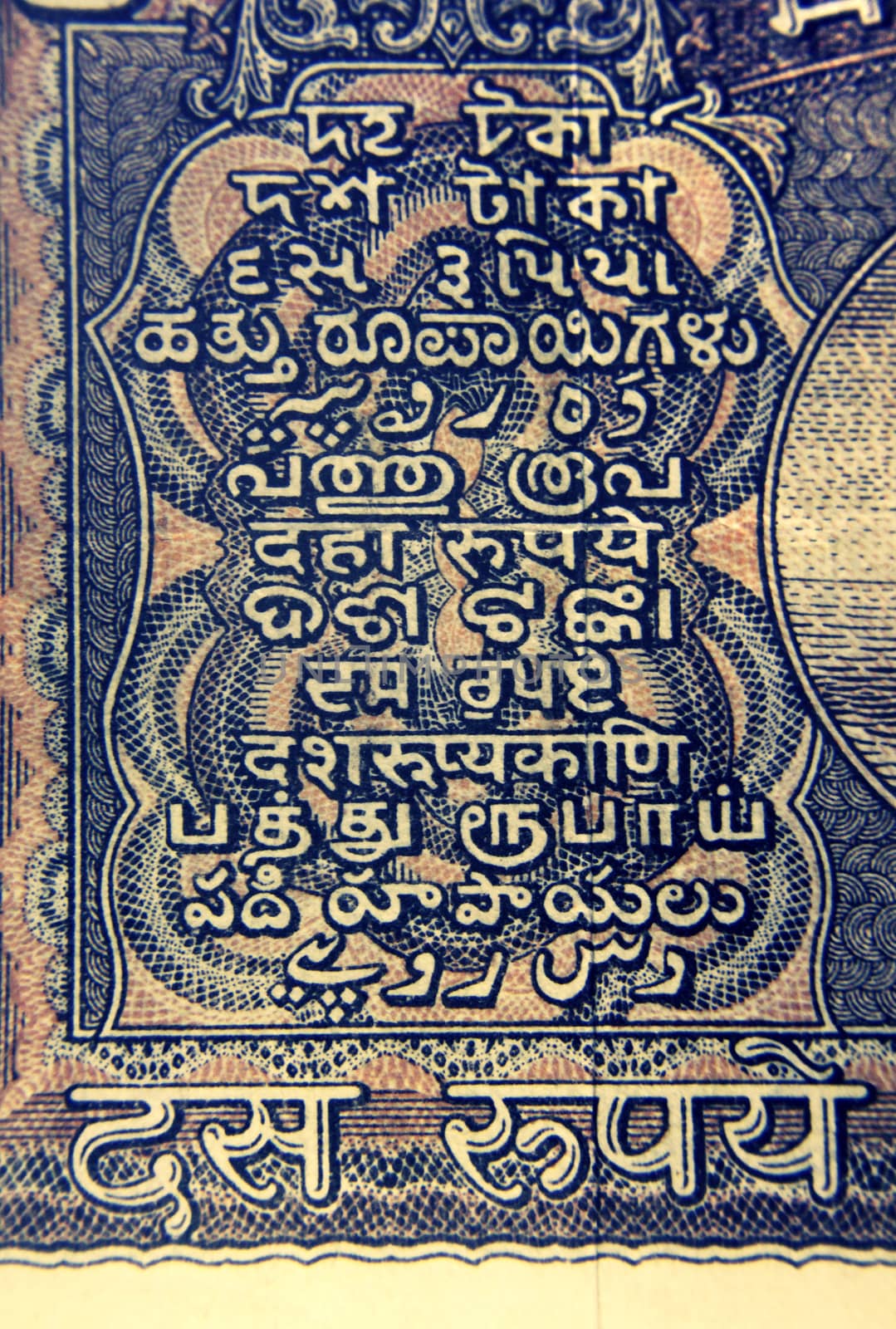
Ten rupee banknote Back Side
Stock PhotoUsername
yandsResolution
3442x5104pxTen rupee banknote Back Side


One rupee banknote Back Side
Stock PhotoUsername
yandsResolution
3456x5184pxOne rupee banknote Back Side
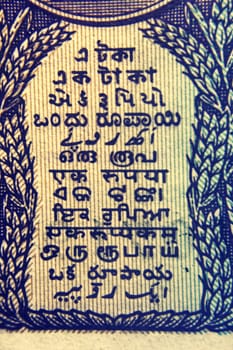

Paper Man, Success Concept
Stock PhotoUsername
yandsResolution
3456x5184pxPaper Man, Success Concept

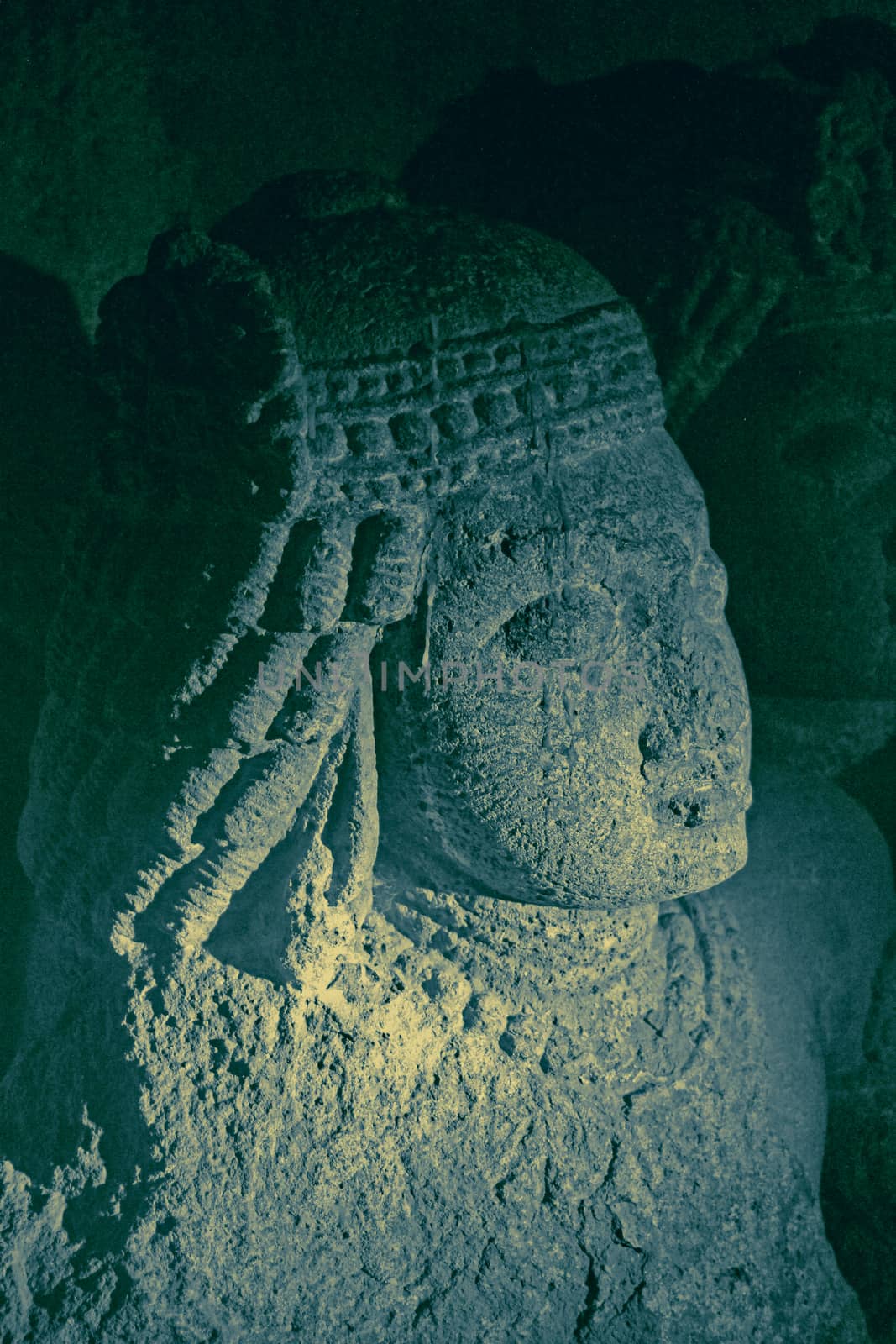
Sculpture at Aurangabad Cave 3, Aurangabad, Maharashtra, India
Stock PhotoUsername
yandsResolution
3456x5184pxSculpture at Aurangabad Cave 3, Aurangabad, Maharashtra, India

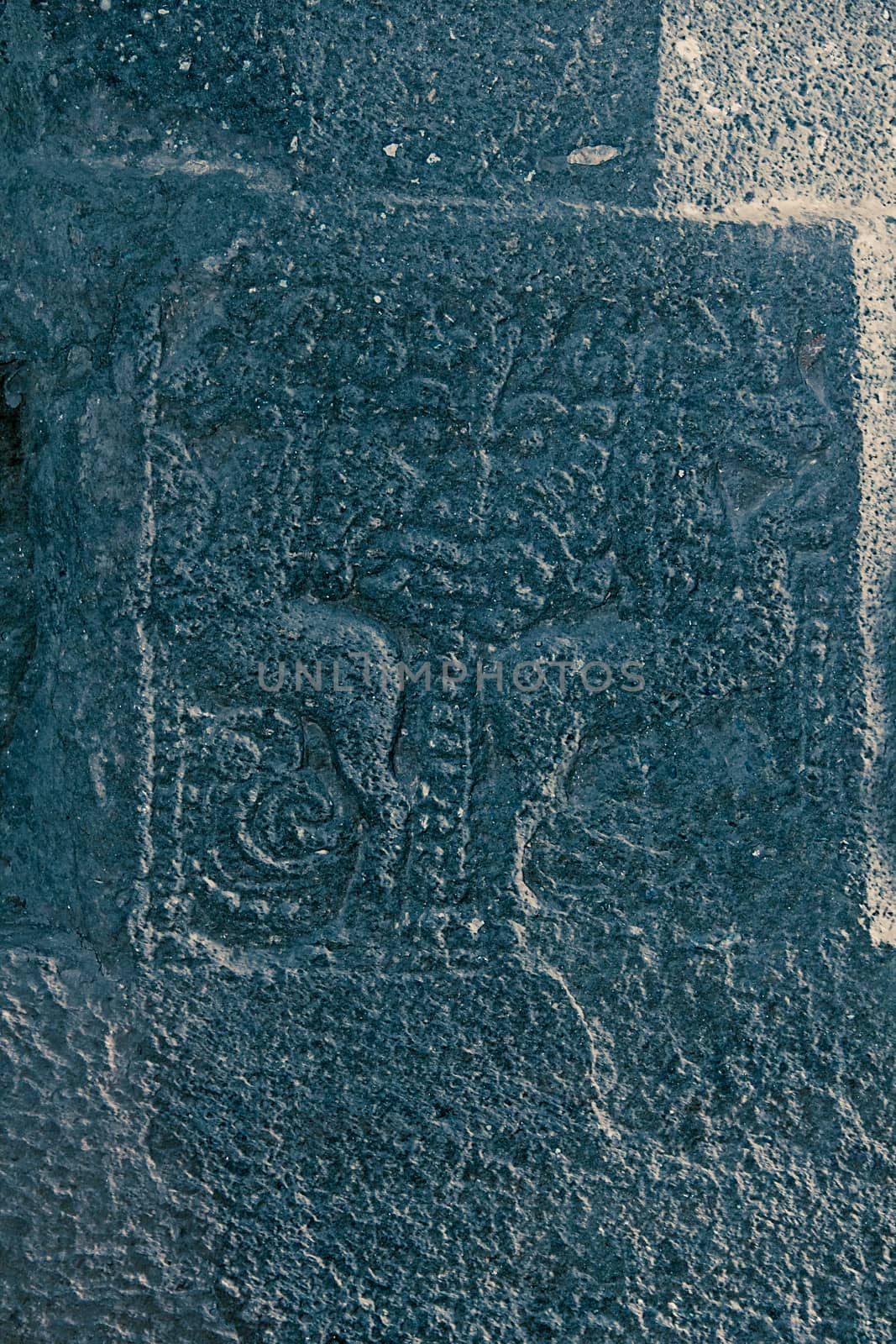
Carving at Aurangabad Cave 3, Aurangabad, Maharashtra, India
Stock PhotoUsername
yandsResolution
3456x5184pxCarving at Aurangabad Cave 3, Aurangabad, Maharashtra, India

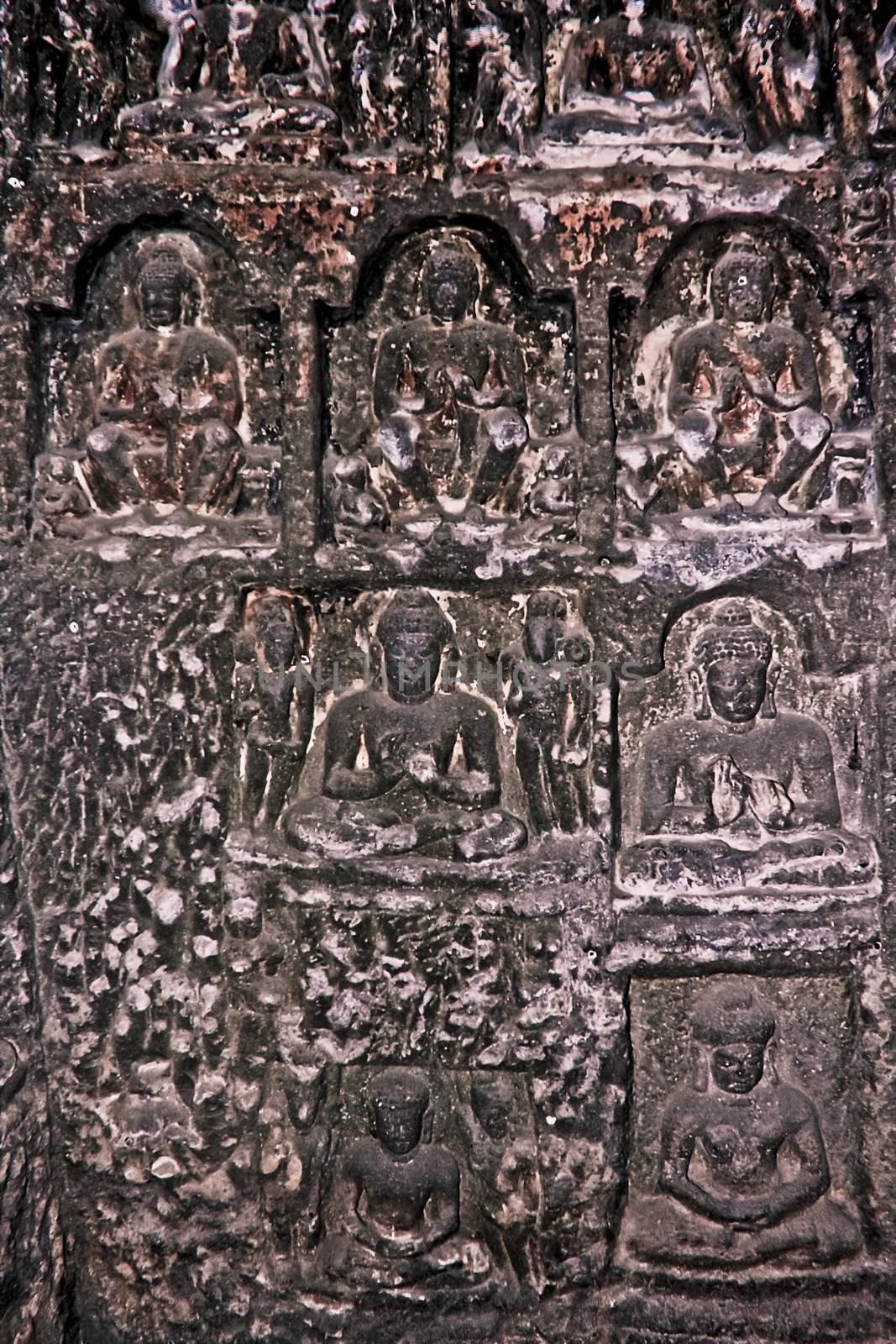
Miracle of Sravasti, Aurangabad Cave No. 2, where the Buddha tra
Stock PhotoUsername
yandsResolution
3456x5184pxMiracle of Sravasti, Aurangabad Cave No. 2, where the Buddha tra


Facade of Ajanta Cave 1, Ajanta, Aurangabad, Maharashtra, India
Stock PhotoUsername
yandsResolution
3456x5184pxFacade of Ajanta Cave 1, Ajanta, Aurangabad, Maharashtra, India
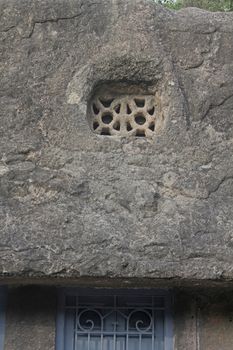
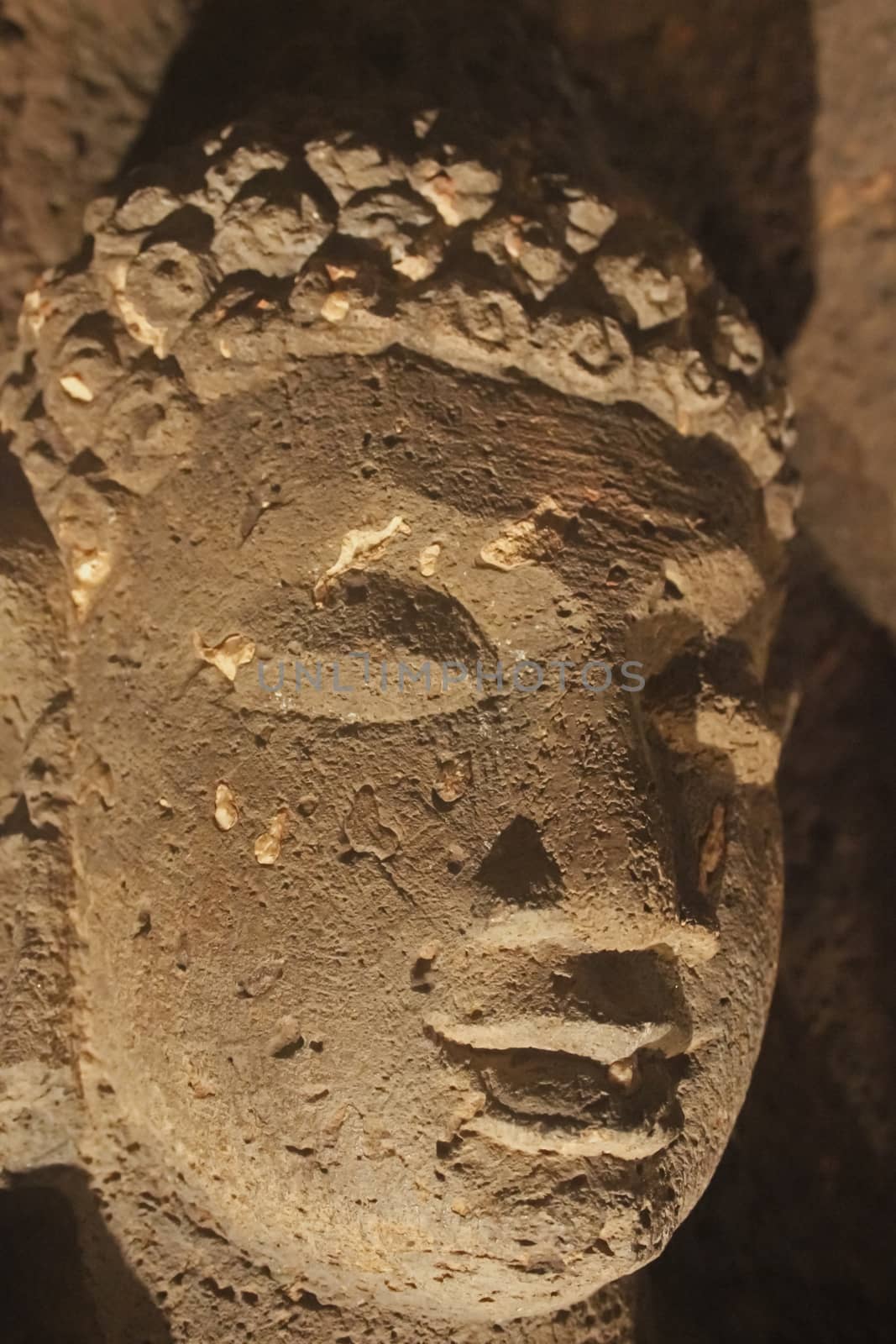
Close up face of calm Buddha, Ajanta Cave No. 26, Ajanta, Aurang
Stock PhotoUsername
yandsResolution
3456x5184pxClose up face of calm Buddha, Ajanta Cave No. 26, Ajanta, Aurang

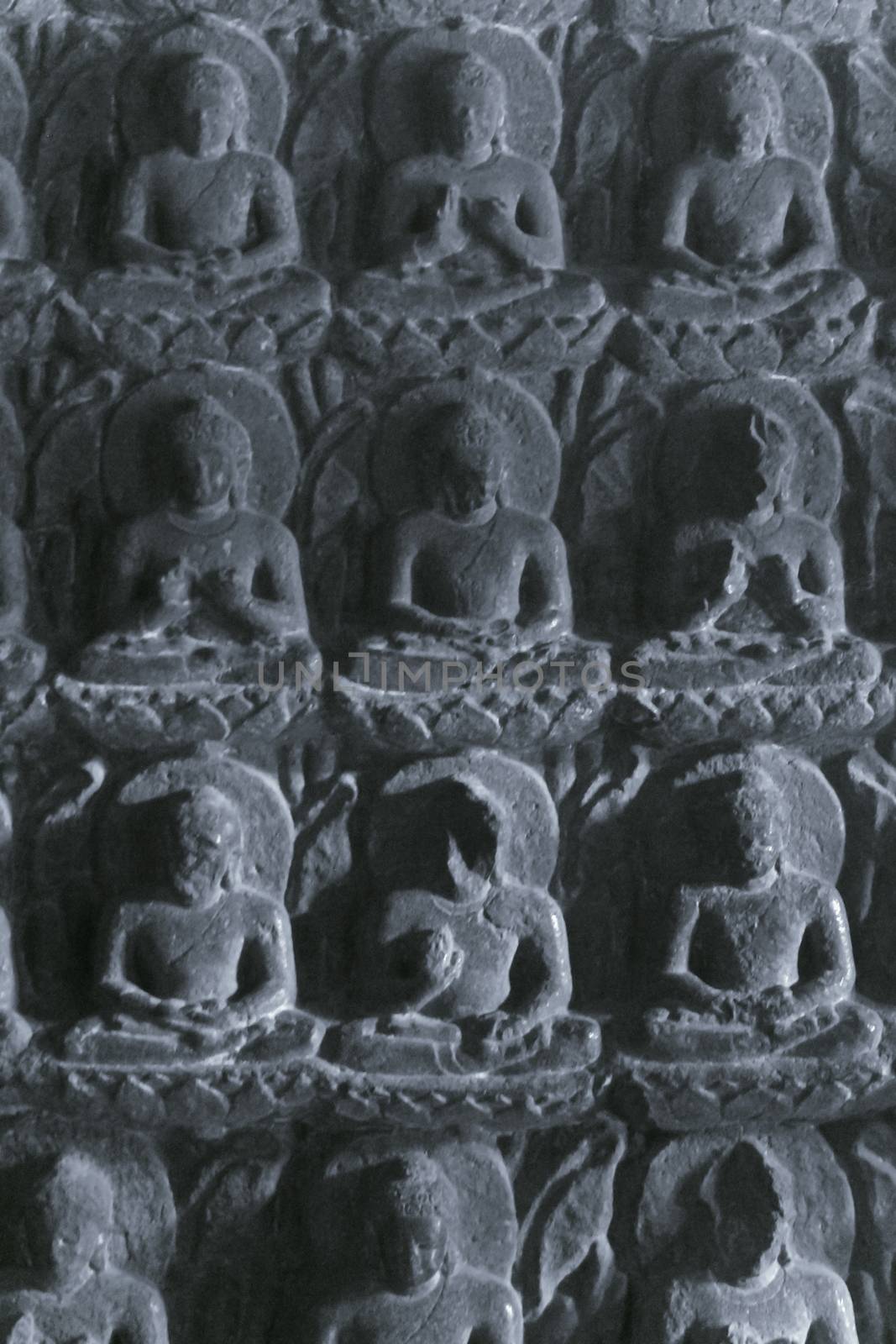
Miracle of Sravasti, Ajanta Cave No. 7, where the Buddha transfo
Stock PhotoUsername
yandsResolution
3456x5184pxMiracle of Sravasti, Ajanta Cave No. 7, where the Buddha transfo


Sculpture of Lord Buddha at Ajanta Cave 4 porch, Ajanta, Auranga
Stock PhotoUsername
yandsResolution
3456x5184pxSculpture of Lord Buddha at Ajanta Cave 4 porch, Ajanta, Auranga
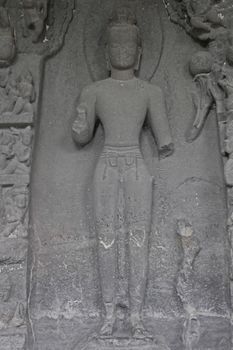
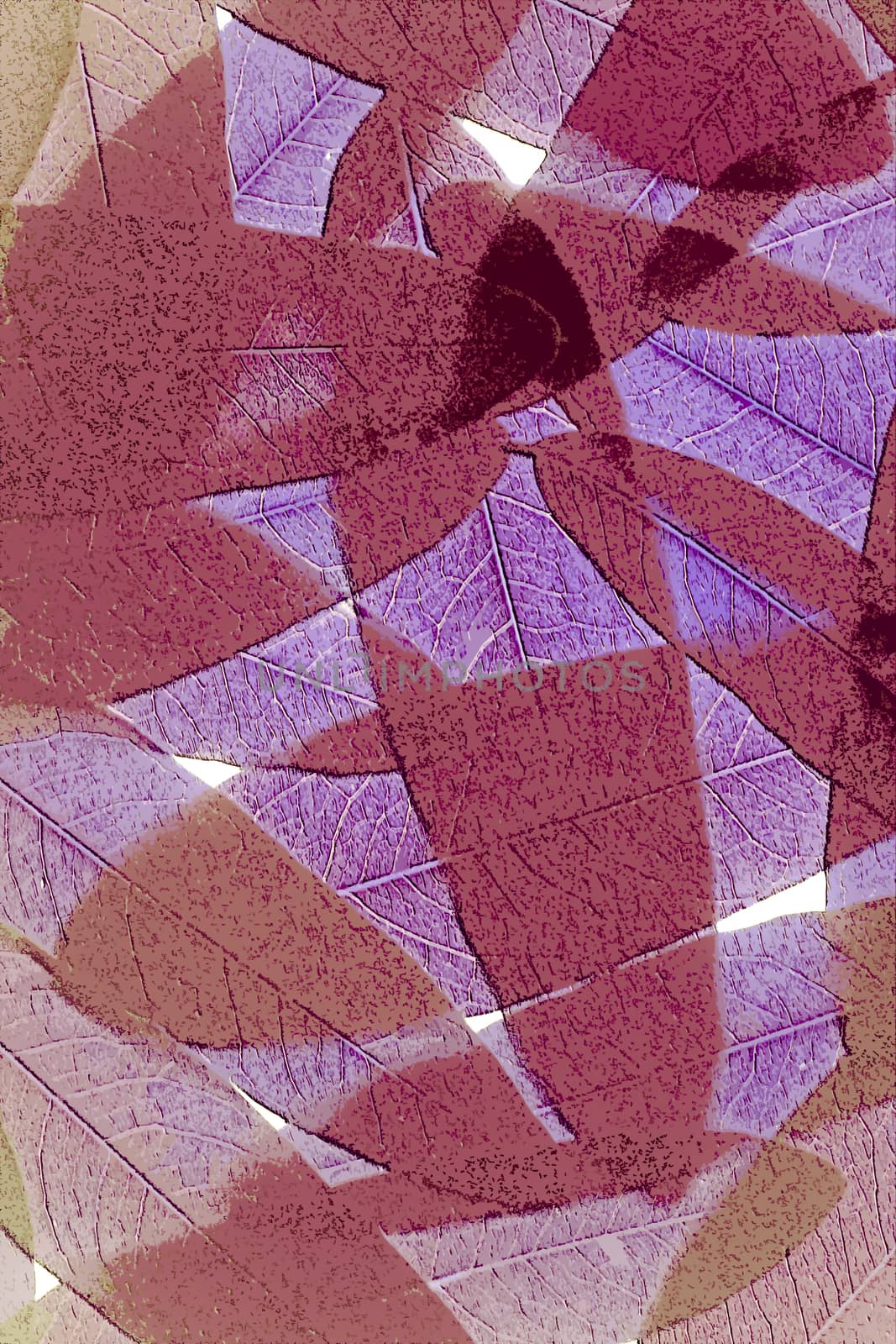
Leaves of Cassia leptophylla Placed together
Stock PhotoUsername
yandsResolution
3456x5184pxLeaves of Cassia leptophylla Placed together


Leptochloa panicea, Thread Sprangletop
Stock PhotoUsername
yandsResolution
3456x5184pxLeptochloa panicea, Thread Sprangletop
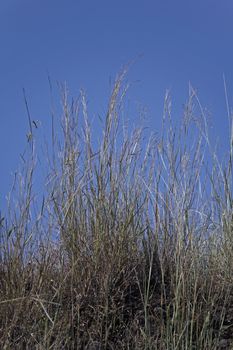
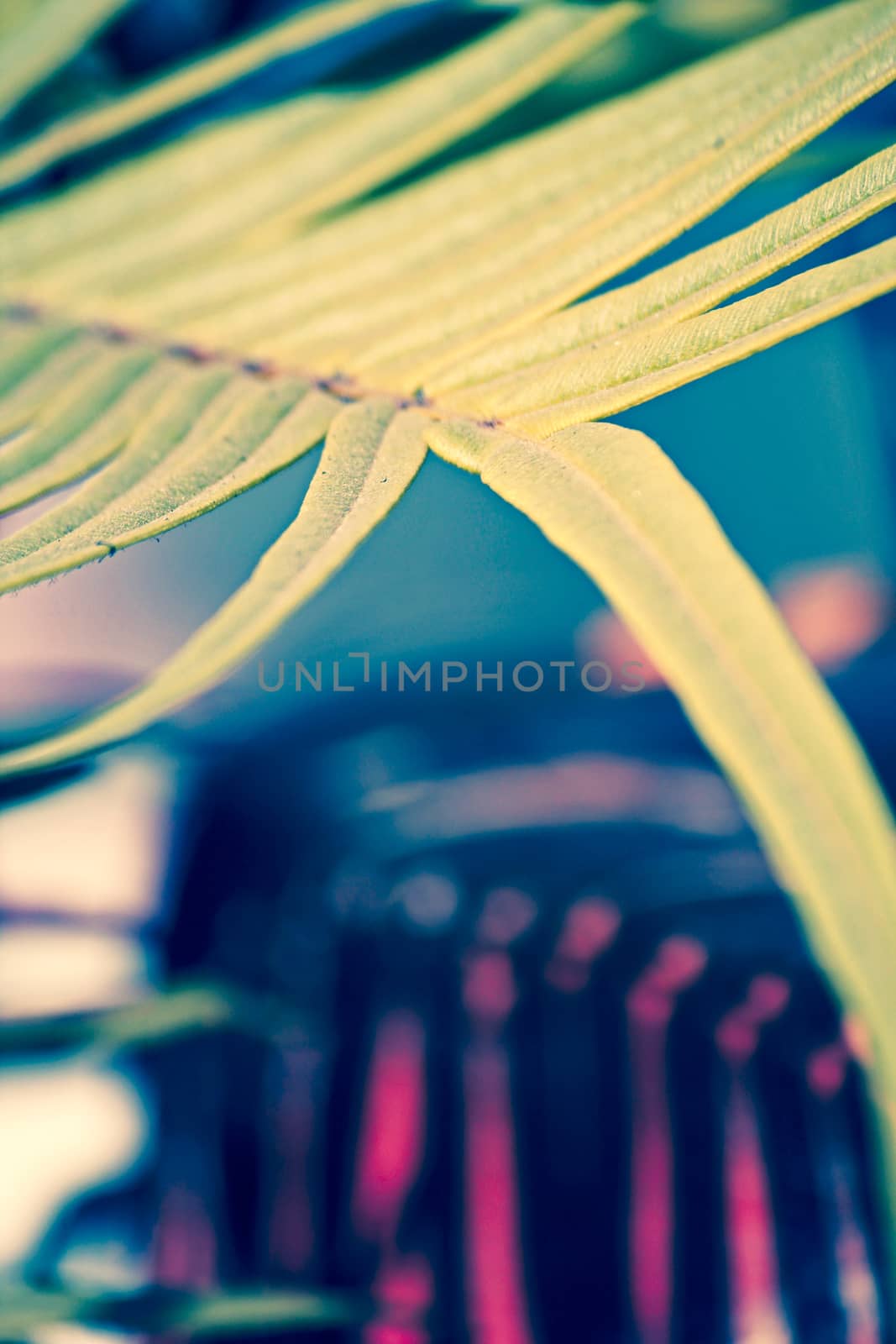
Chinese ladder brake fern, Pteris vittata
Stock PhotoUsername
yandsResolution
3456x5184pxChinese ladder brake fern, Pteris vittata

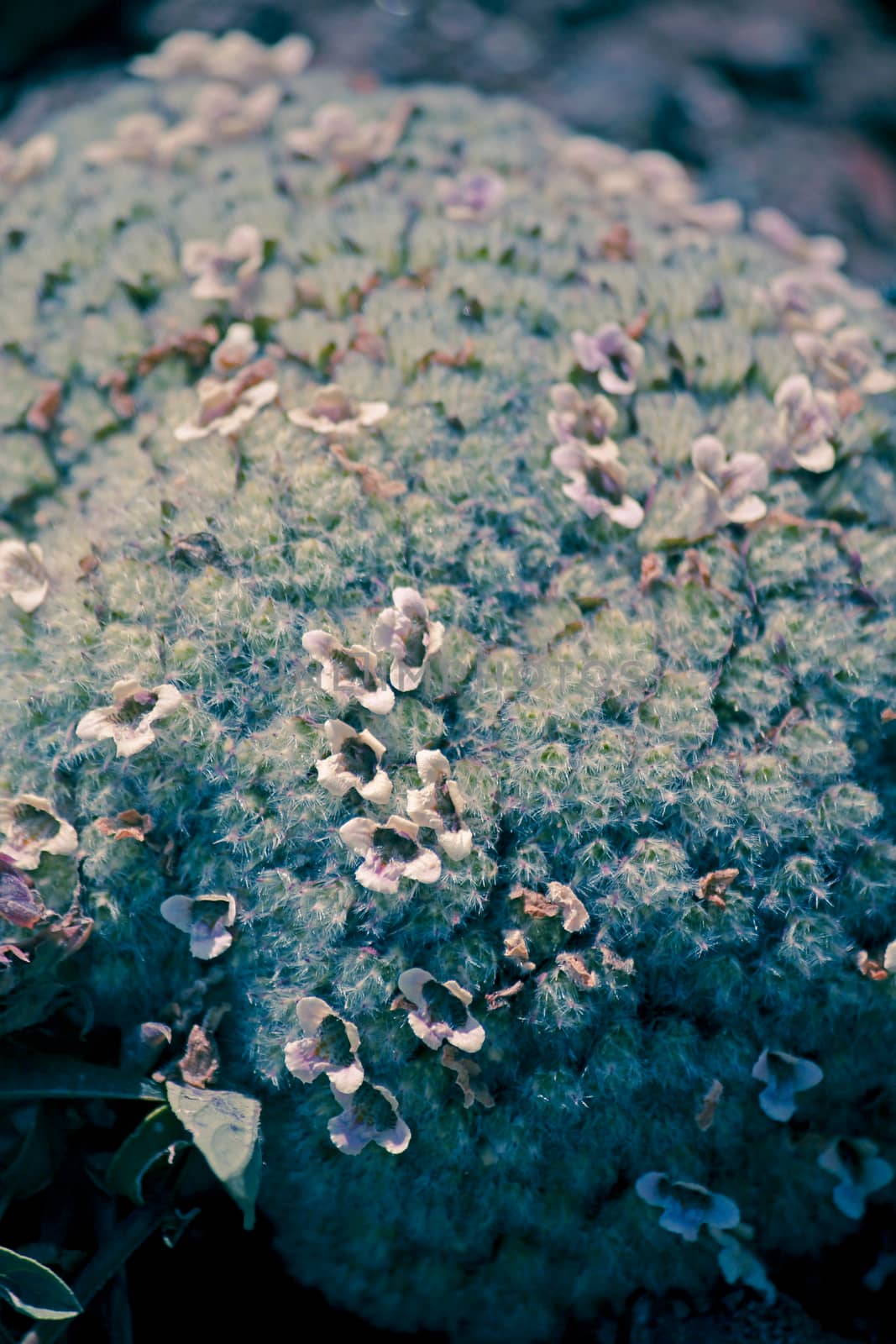
Lepidagathis fischeri
Stock PhotoUsername
yandsResolution
3456x5184pxLepidagathis fischeri

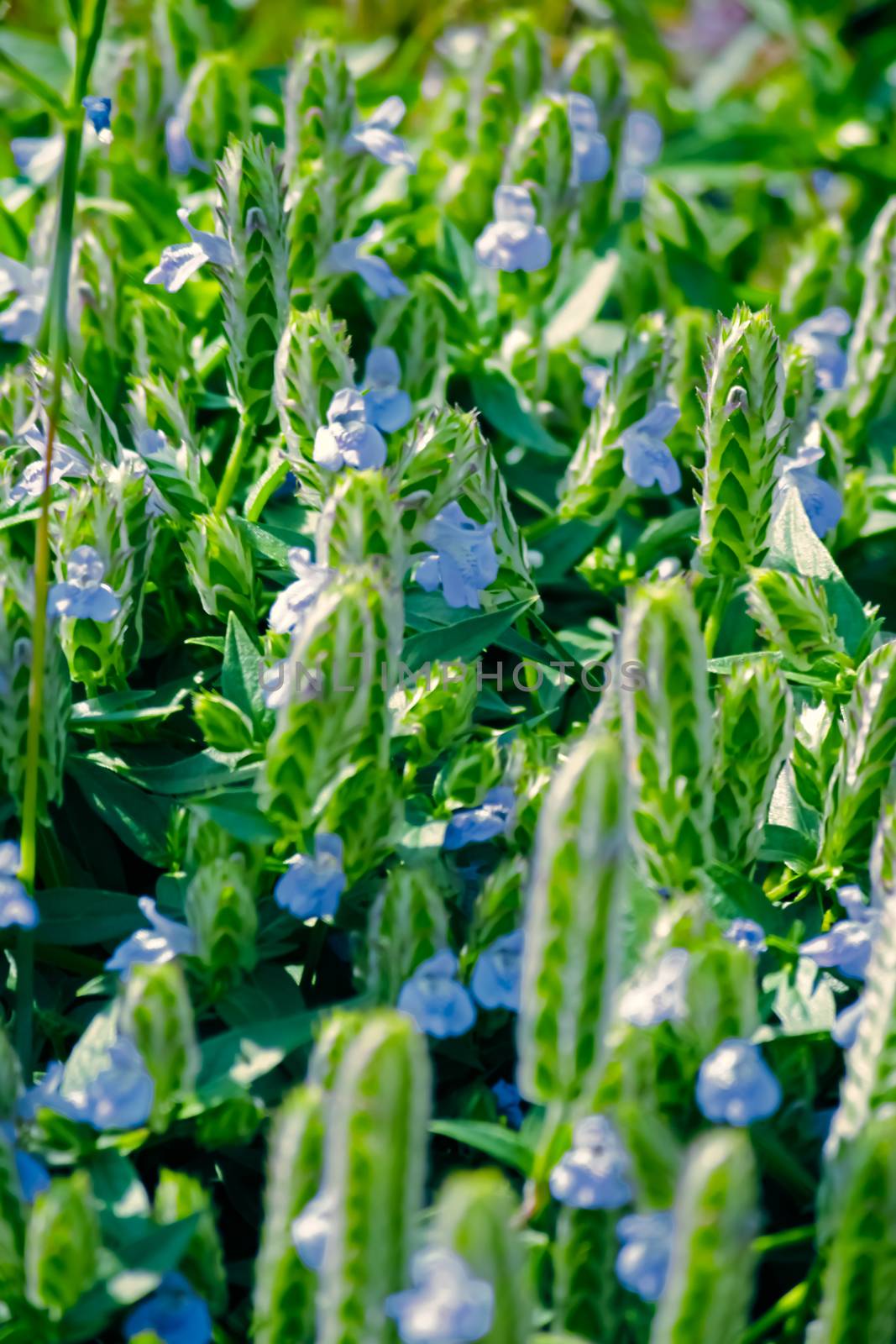
Comb Rungia, Rungia pectinata (L.), Nees Rungia pectinata
Stock PhotoUsername
yandsResolution
3456x5184pxComb Rungia, Rungia pectinata (L.), Nees Rungia pectinata

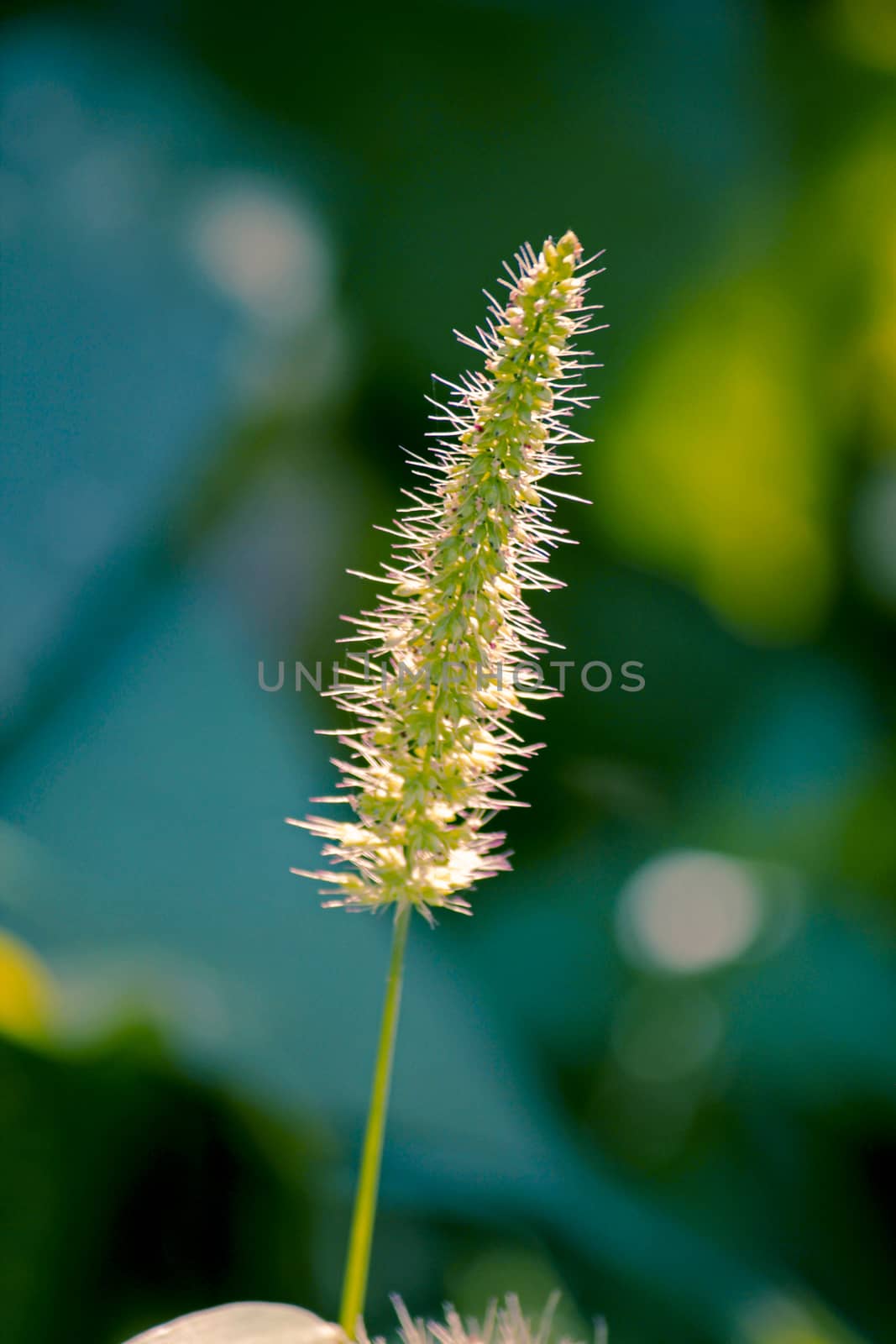
Setaria viridis, green foxtail, green bristlegrass
Stock PhotoUsername
yandsResolution
3456x5184pxSetaria viridis, green foxtail, green bristlegrass

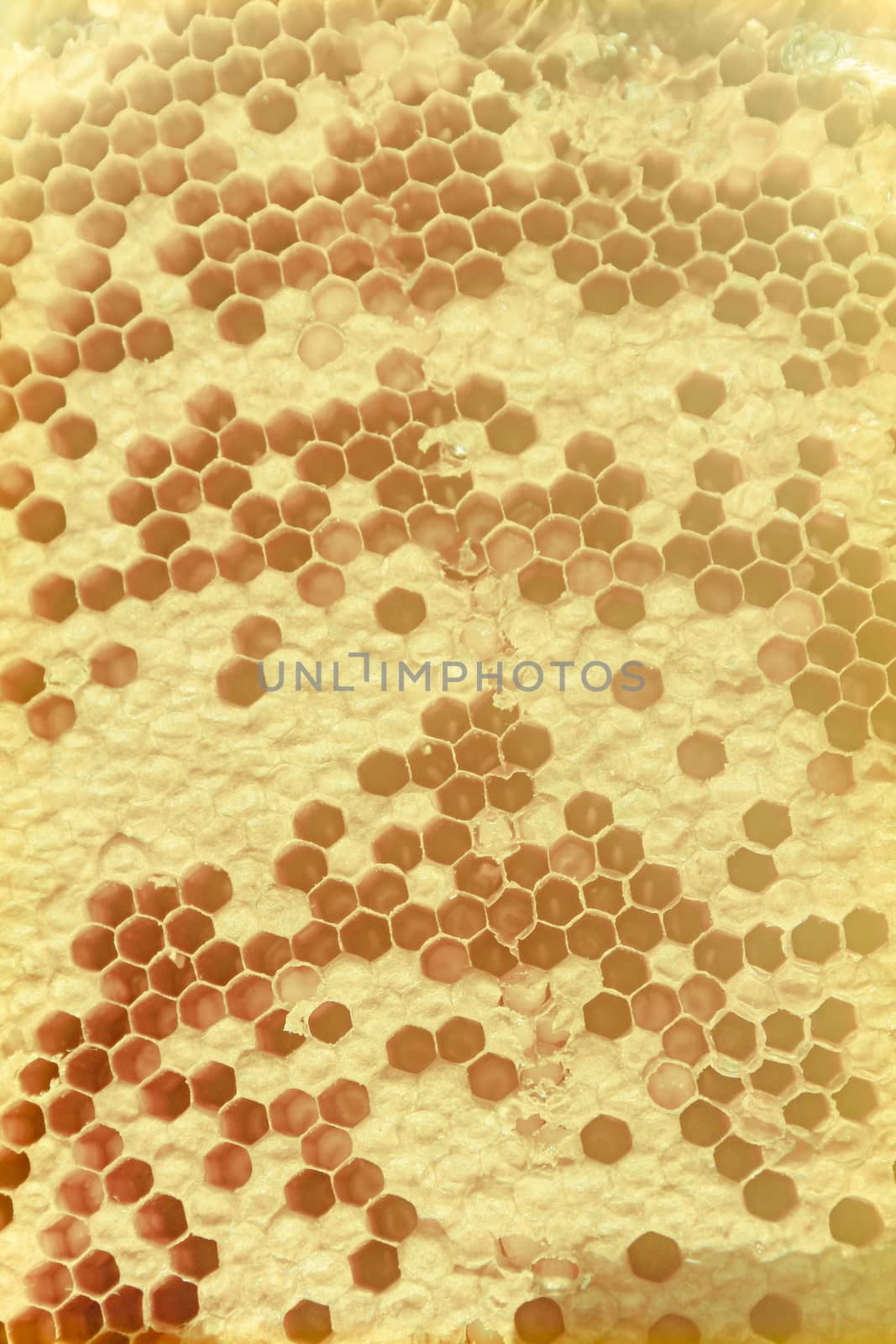
Honeycomb full of honey
Stock PhotoUsername
yandsResolution
3456x5184pxHoneycomb full of honey

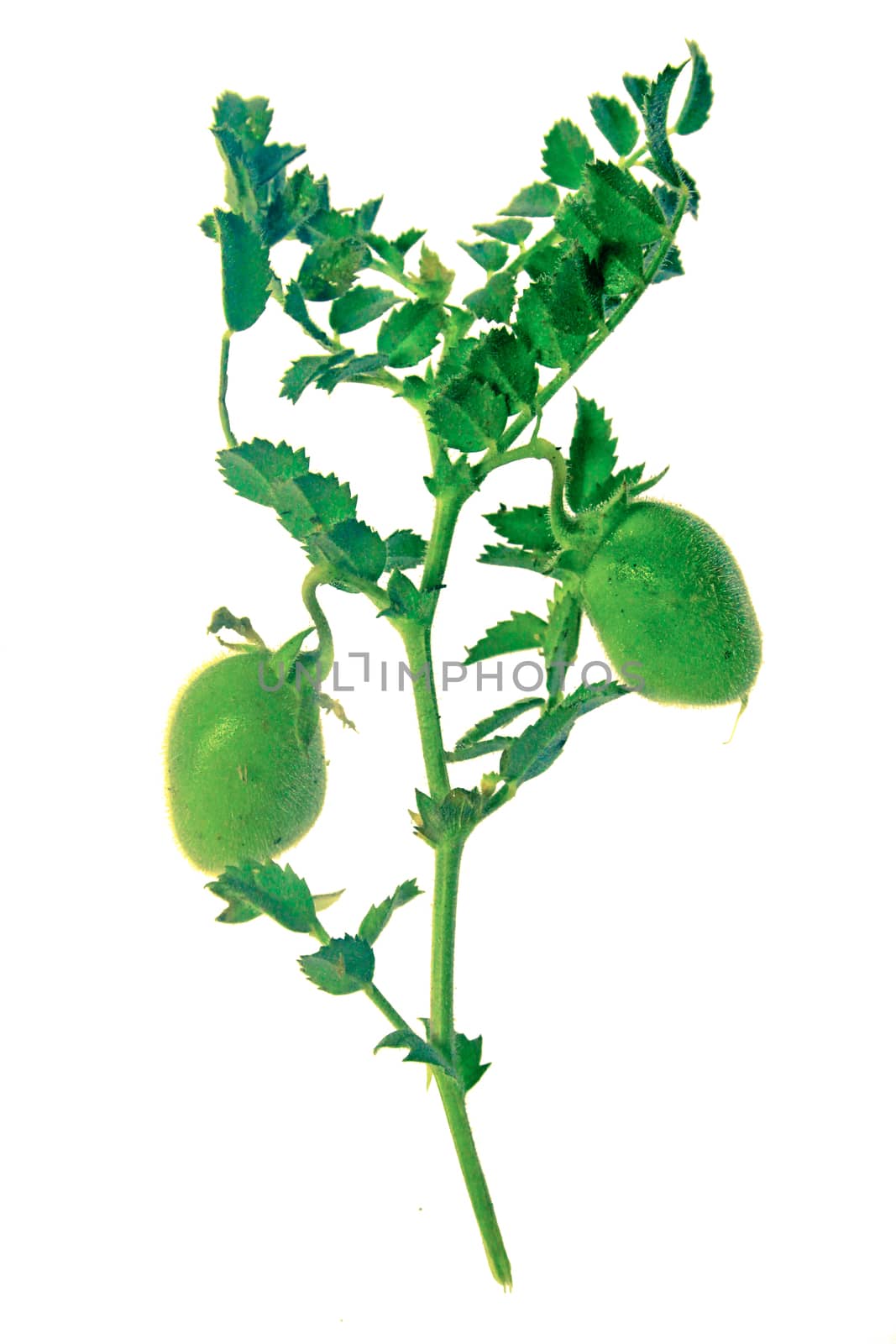
Plant with beans of cicer arietinum l
Stock PhotoUsername
yandsResolution
3456x5184pxPlant with beans of cicer arietinum l

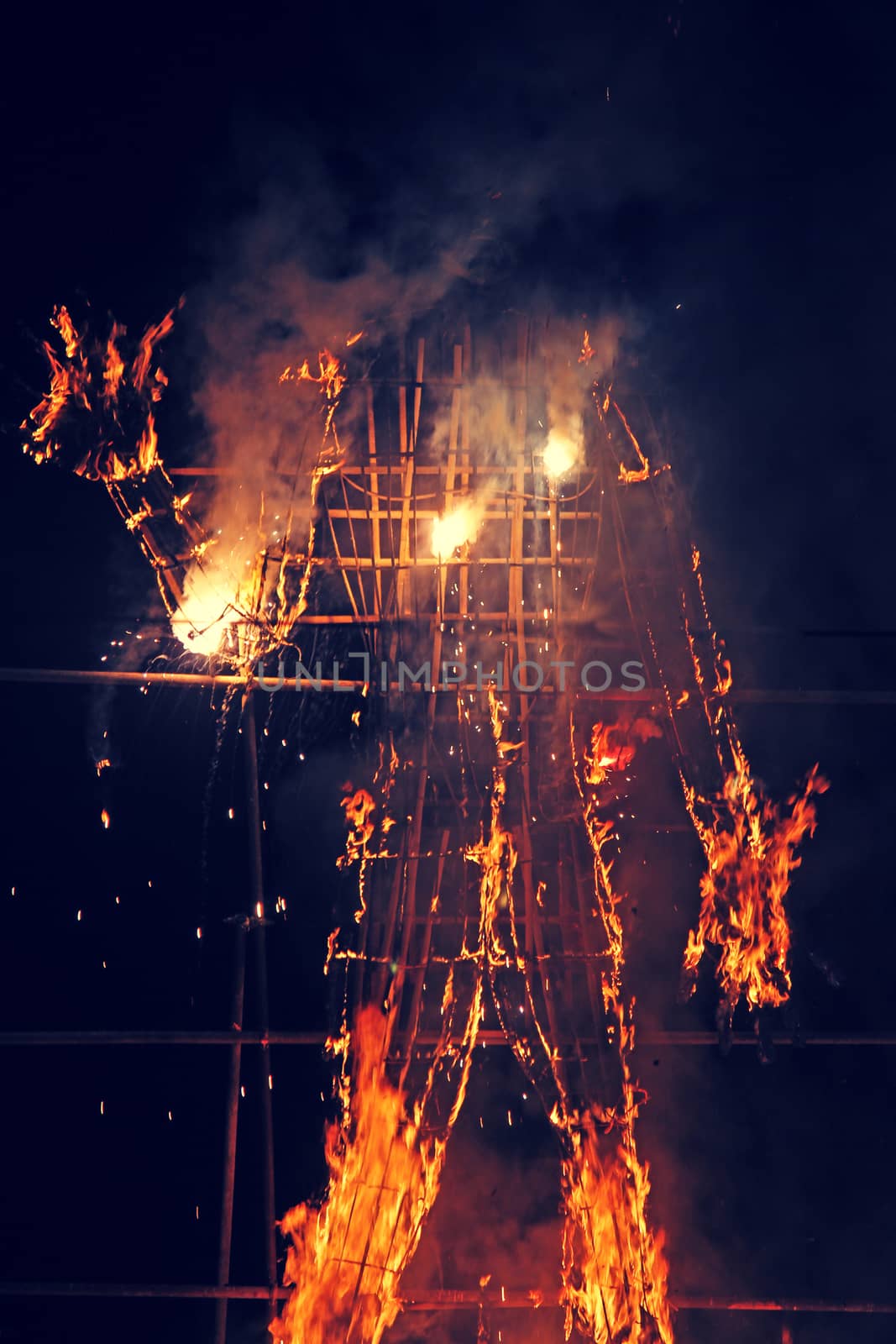
Statue of Tripurasura
Stock PhotoUsername
yandsResolution
3456x5184pxStatue of Tripurasura

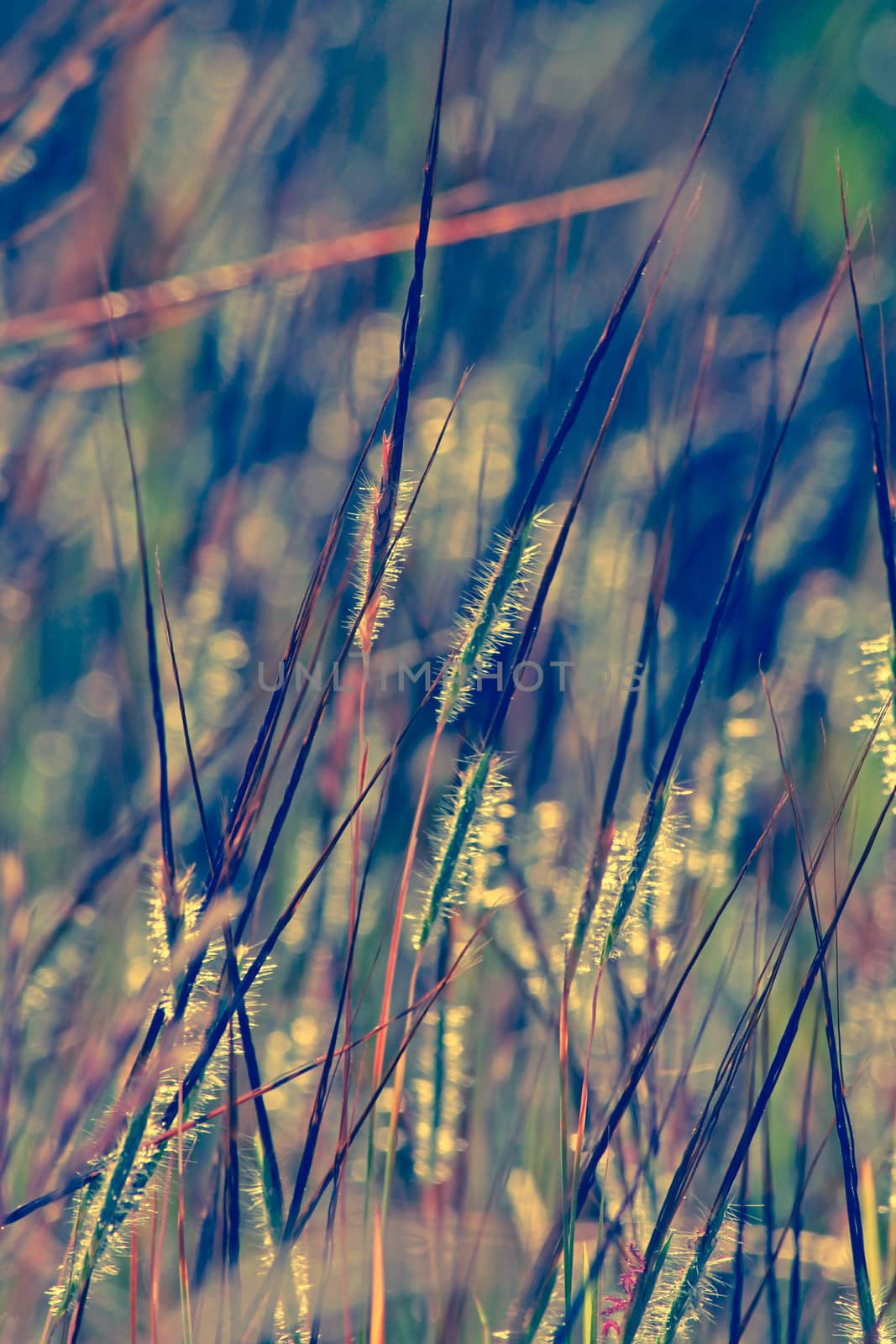
Heteropogon contortus grass seed
Stock PhotoUsername
yandsResolution
3456x5184pxHeteropogon contortus grass seed


Statue of Tripurasura
Stock PhotoUsername
yandsResolution
3456x5184pxStatue of Tripurasura

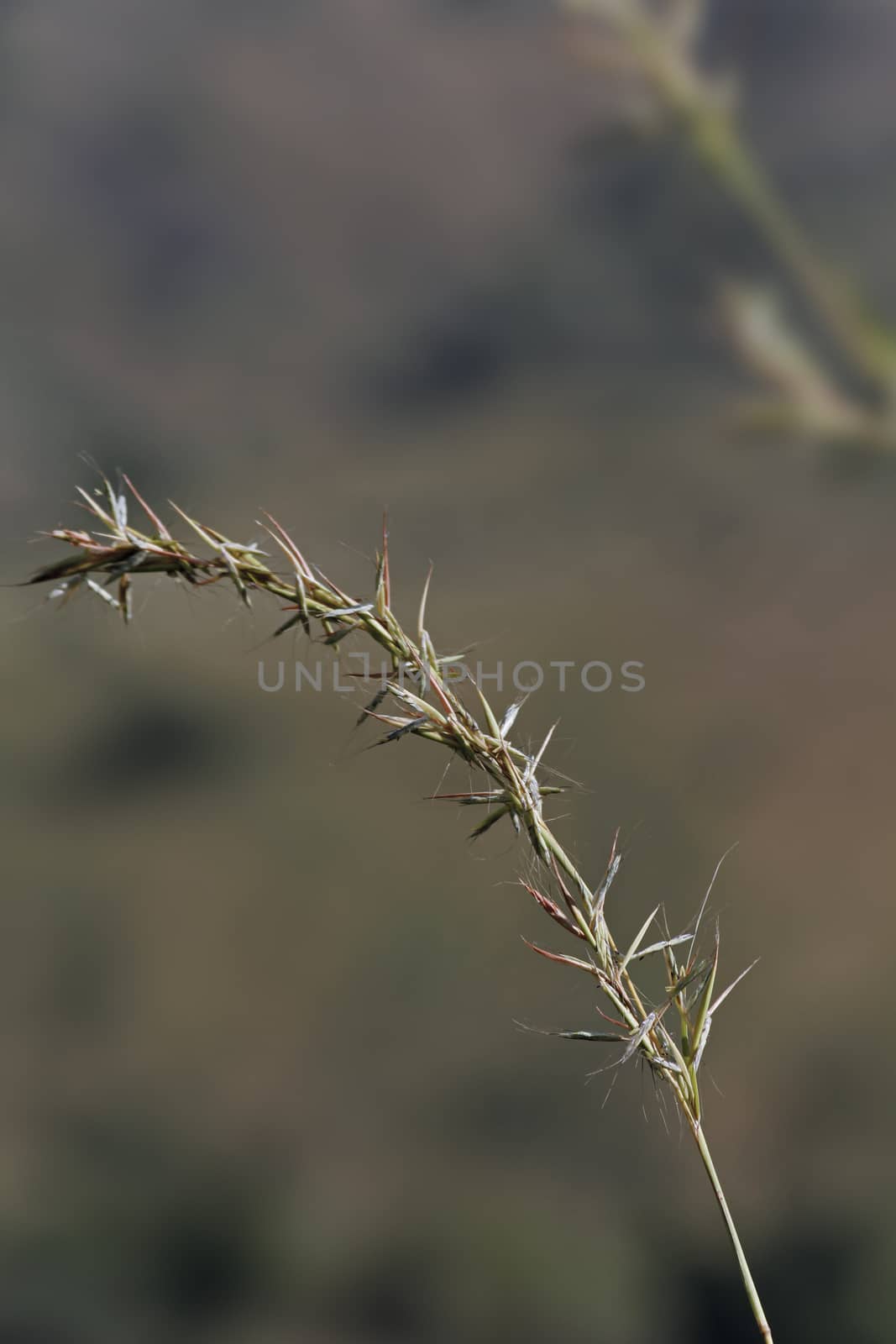
Cymbopogon citratus
Stock PhotoUsername
yandsResolution
3456x5184pxCymbopogon citratus

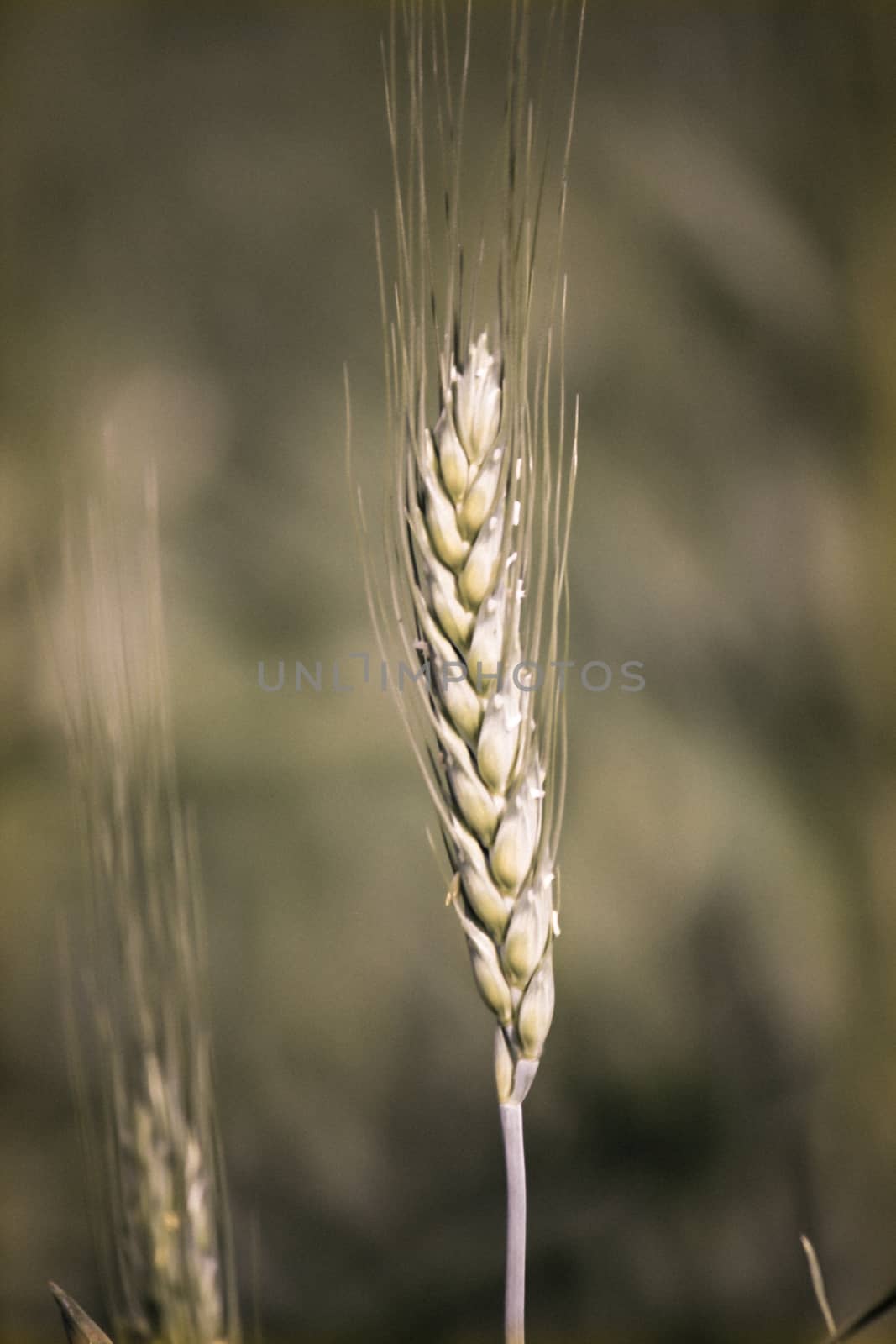
Young wheat crop in a field
Stock PhotoUsername
yandsResolution
3456x5184pxYoung wheat crop in a field


Statue of Tripurasura
Stock PhotoUsername
yandsResolution
3456x5184pxStatue of Tripurasura

